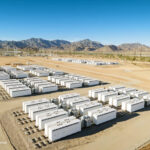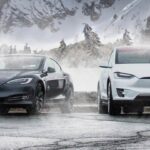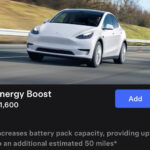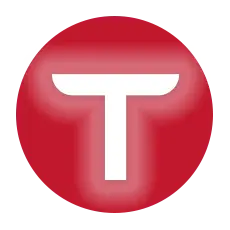The state of Hawaii is moving toward sustainable energy as it gets rid of the last coal-powered electric power plant at the Campbell Industrial Park, Oahu.
A 30-year deal to provide coal between Hawaiian Electric and AES Corporation ended on 1st September 2022. And this is when Tesla Megapack batteries step in to fill the state’s power requirements.
As an alternative to the energy requirement gap that this coal power plant has left behind, Plus Power LLC with the help of Tesla Megapacks is helping build a large grid of its Megapack battery energy storage system (BESS) in the state of Hawaii.
This sustainable energy project is named Kapolei Energy Storage (KES). KES is one of the world’s largest battery energy storage systems with a capacity of 565 MWh and will be charged by a 156 MW solar energy farm. Plus Power LLC the owner and executioner of this project is using Tesla Megapacks as a solution to provide sustainable energy storage.
State-owned Hawaiian Electric estimates the completion of the KES project in the first half of 2023. According to the state’s electricity supply company, 9 BESS projects are scheduled to go live by 2024 on the island of Oahu alone (FAQ PDF by Hawaiian Electric below).
“Last coal shipment arrived in Hawaii at the same time as Tesla Megapack batteries that will enable 24/7 sustainable energy,” Tesla CEO Elon Musk said in a tweet yesterday.
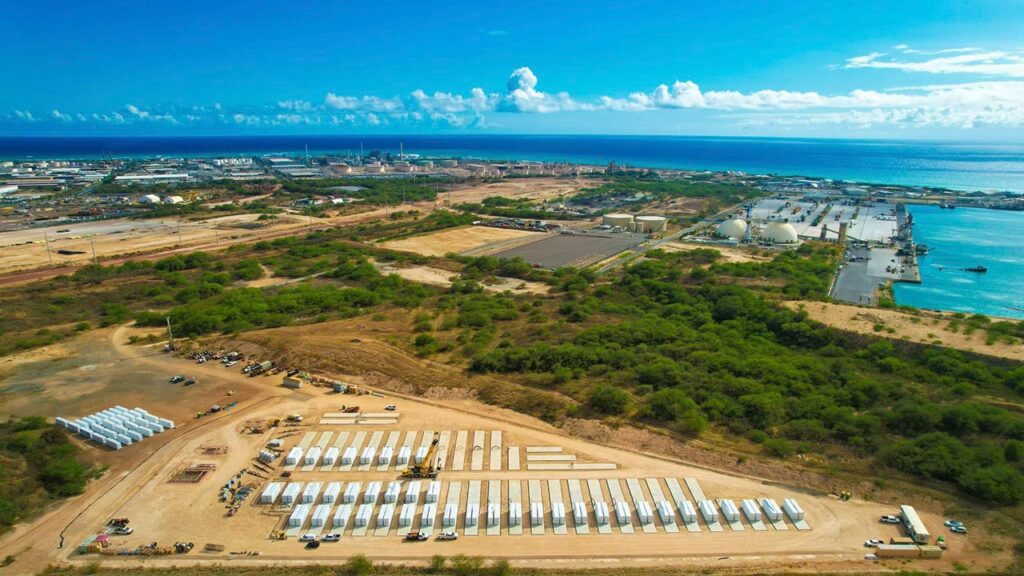
The retired AES coal power plant was the largest greenhouse gas emitter in the state of Hawaii and was alone responsible for releasing 1.5 million metric tons of carbon dioxide annually (Source: Hawaiian Electric press release).
The capacity of a single Megapack battery is 3 MWh, so to set up a 565 MWh energy storage system (BESS), around 189 Megapacks will be required to be commissioned on the KES project site.
Megapack stores energy for the grid reliably and safely, eliminating the need for gas peaker plants and helping to avoid outages. Each unit can store over 3 MWh of energy—that’s enough energy to power an average of 3,600 homes for one hour.
Tesla Megapack web page.
With the help of Tesla’s Megapack battery energy storage system, Hawaii will be able to handle peak-hour electricity demand.
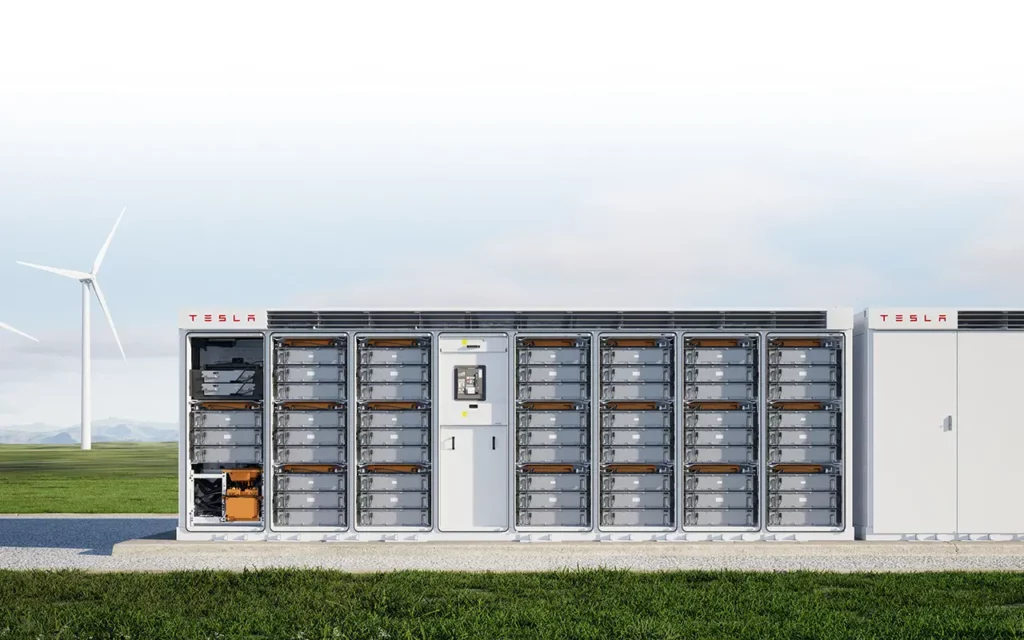
Megapack delivers more power and reliability at a lower cost over its lifetime. Each battery module is paired with its own inverter for improved efficiency and increased safety.
Tesla Megapack web page.
The interesting part is, like Tesla’s electric vehicles, the company’s energy storage systems (Megapack, Powerpack, and Powerwall) also get periodic over-the-air software updates. This means that the product gets better over time as new software is downloaded automatically and best of all — without any extra cost to the customer.
Tesla has already built an even larger Megapack sustainable energy storage system project at Moss Landing, California for PG &E. So, the experience gained from the previous project will make commissioning even smoother.
Update: The article was corrected for proper credits at the request of Plus Power LLC.
Stay tuned for constant Tesla updates, follow us on:
Google News | Flipboard | RSS (Feedly).
Frequently Asked Questions about Battery Energy Storage System (BESS) by Hawaiian Electric (PDF)
Related
- Tesla (TSLA) wins a multi-billion dollar Megapack deal for battery energy projects in California and Texas
- Tesla (TSLA) raises prices of its flagship Model S and Model X EVs in the US and Canada
- Tesla Model Y RWD owners can unlock 50 miles of extra range for $1,600 via an OTA update
- Elon Musk explains the reason behind the delay of the Robotaxi unveiling event
- SpaceX performs a static fire test on Flight 5 Super Heavy rocket booster (videos, pics)
- Tesla FSD v12.5 will combine highway and city software stacks and bring FSD to the Cybertruck, says Elon Musk


